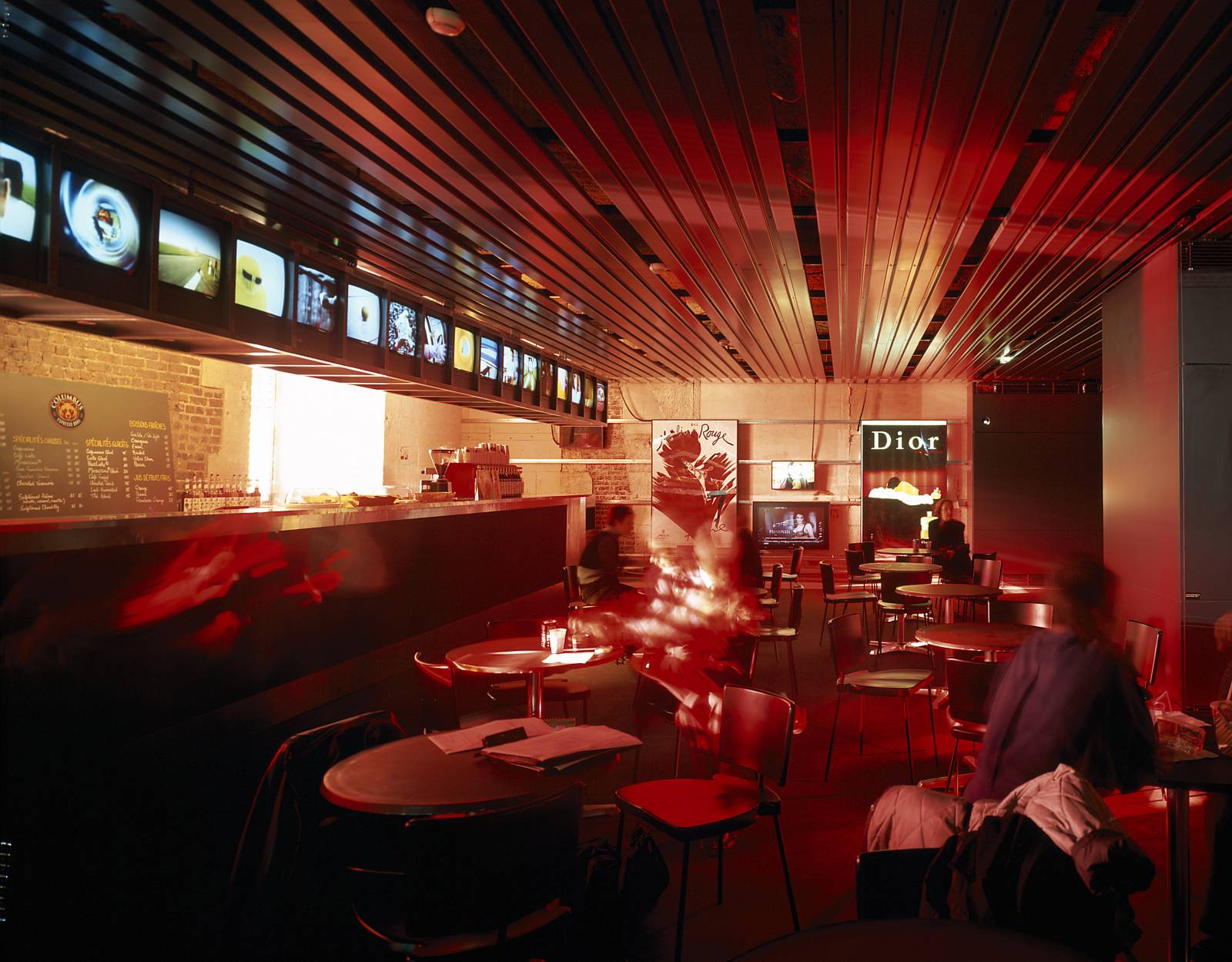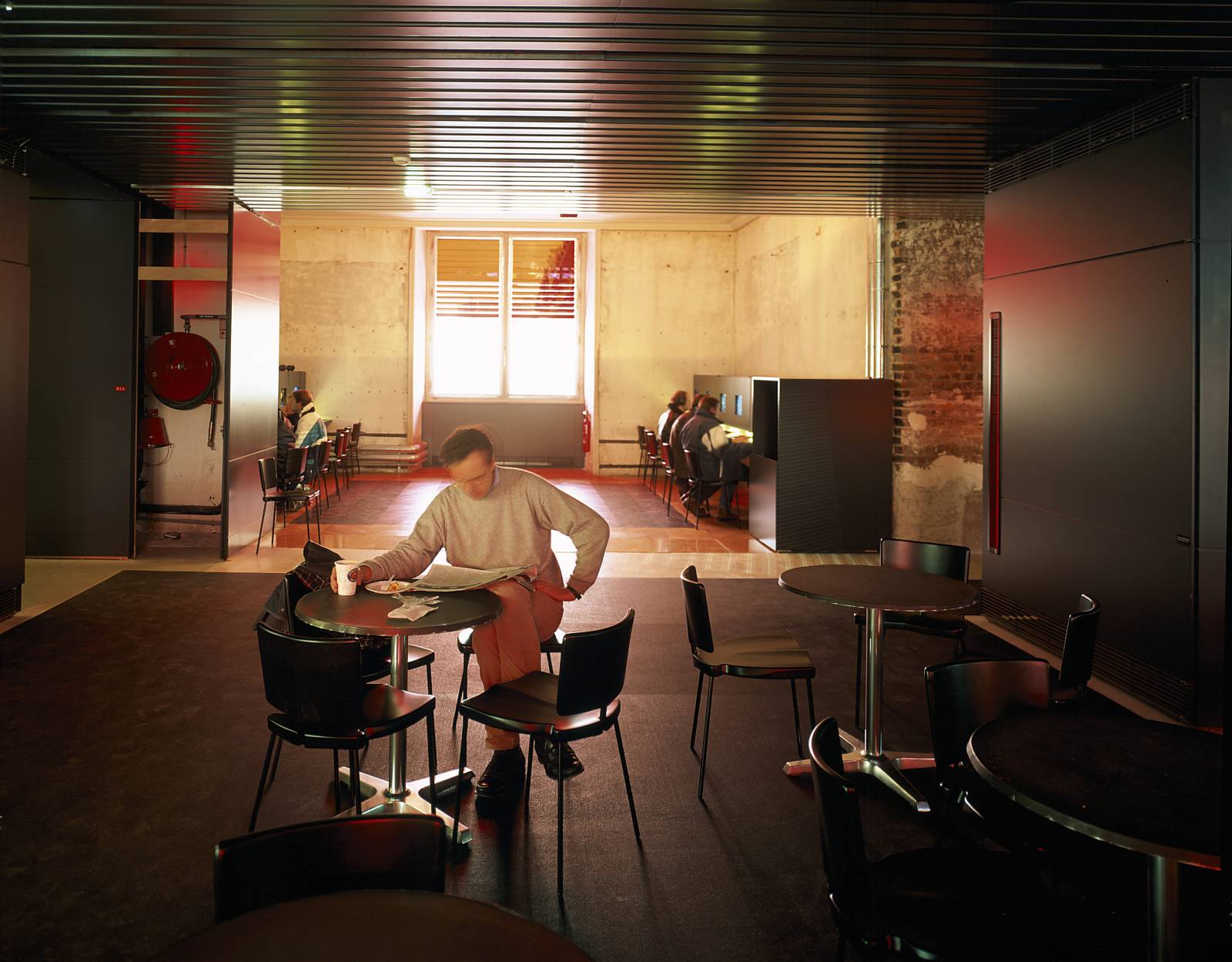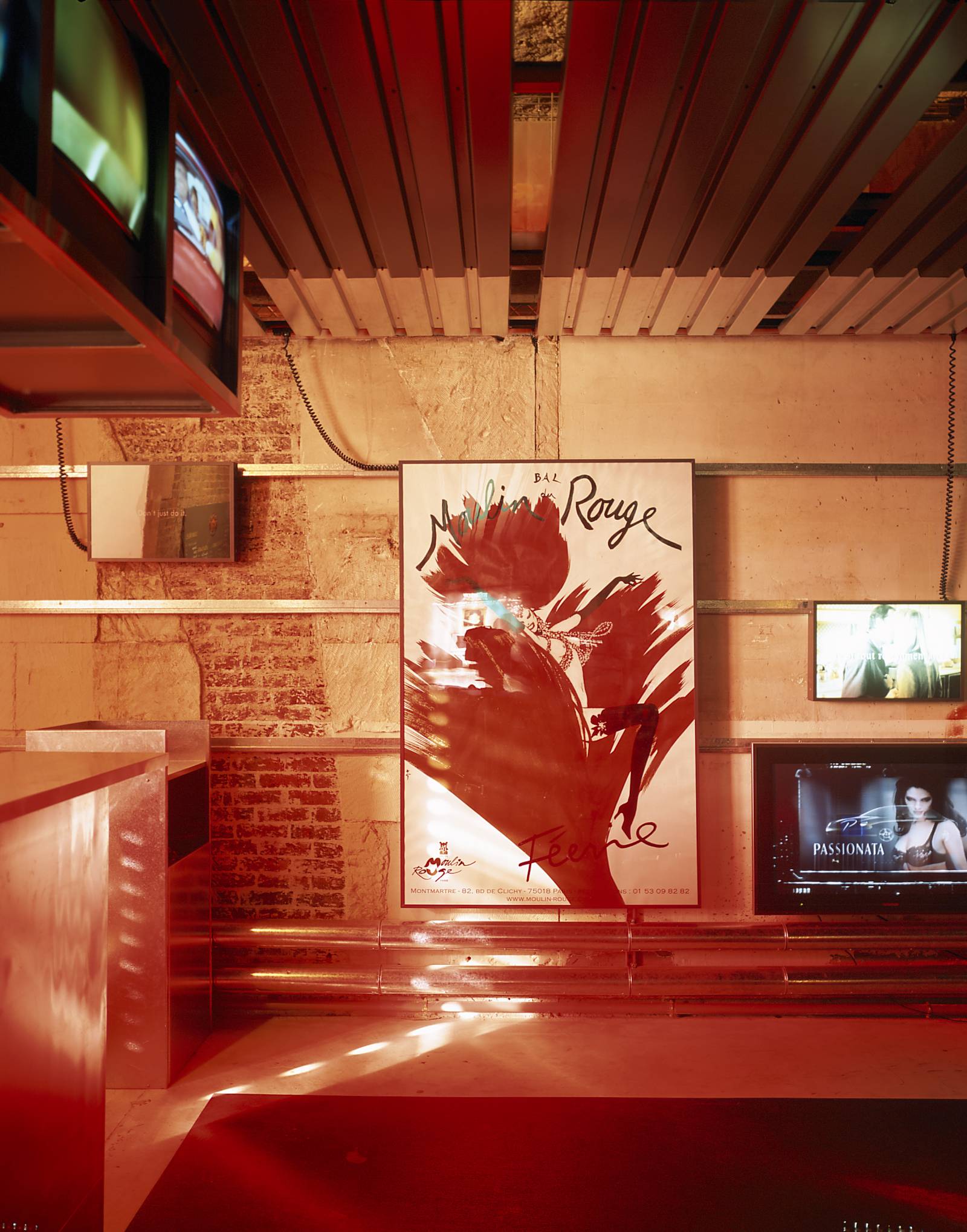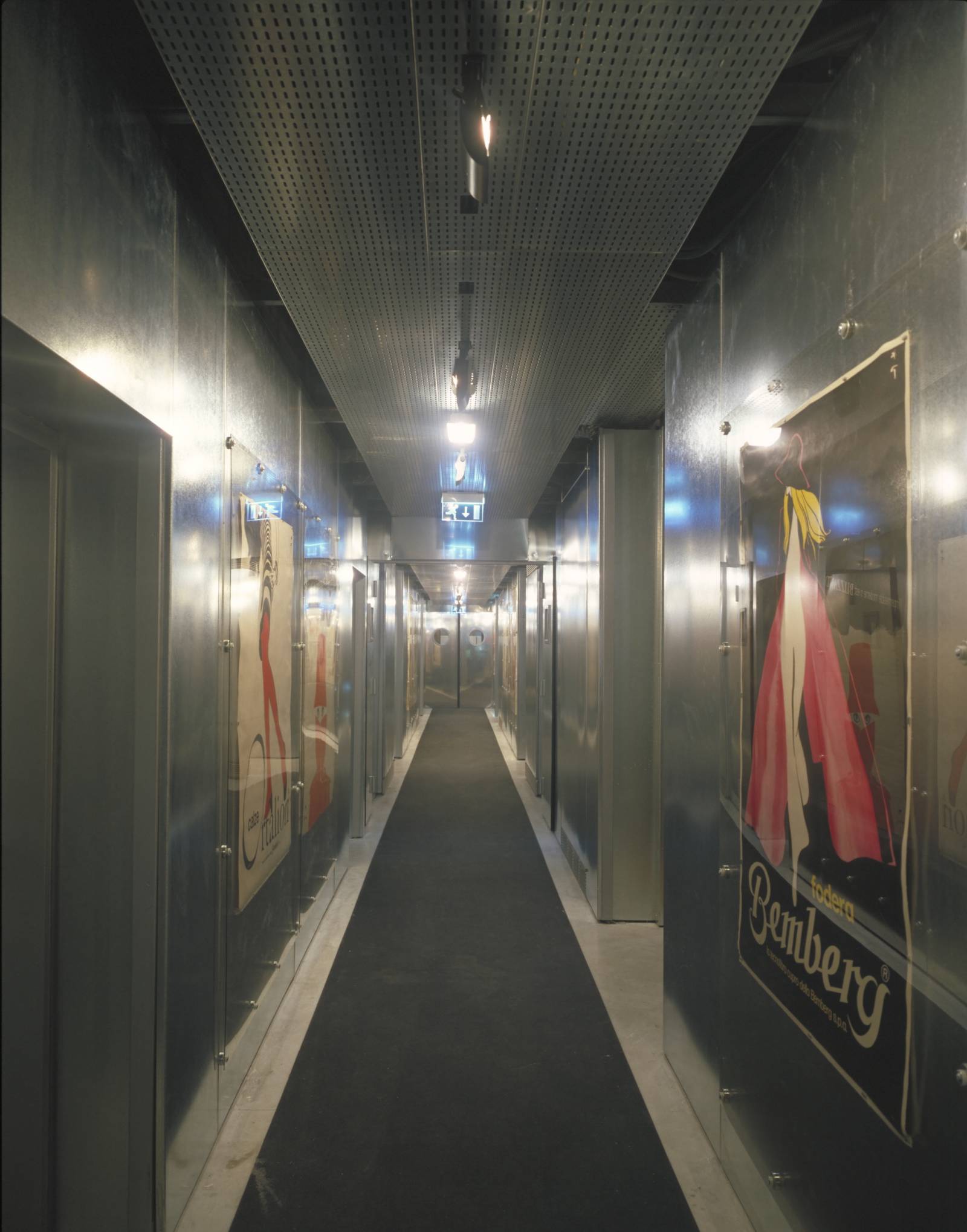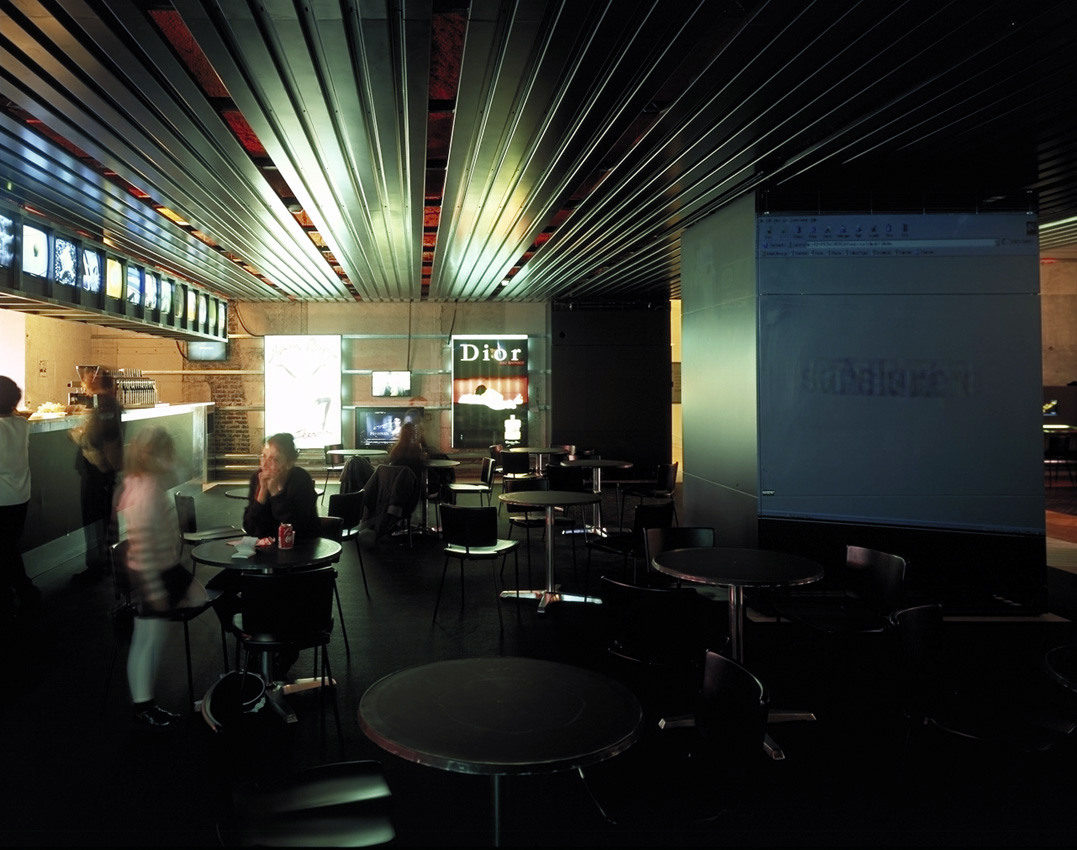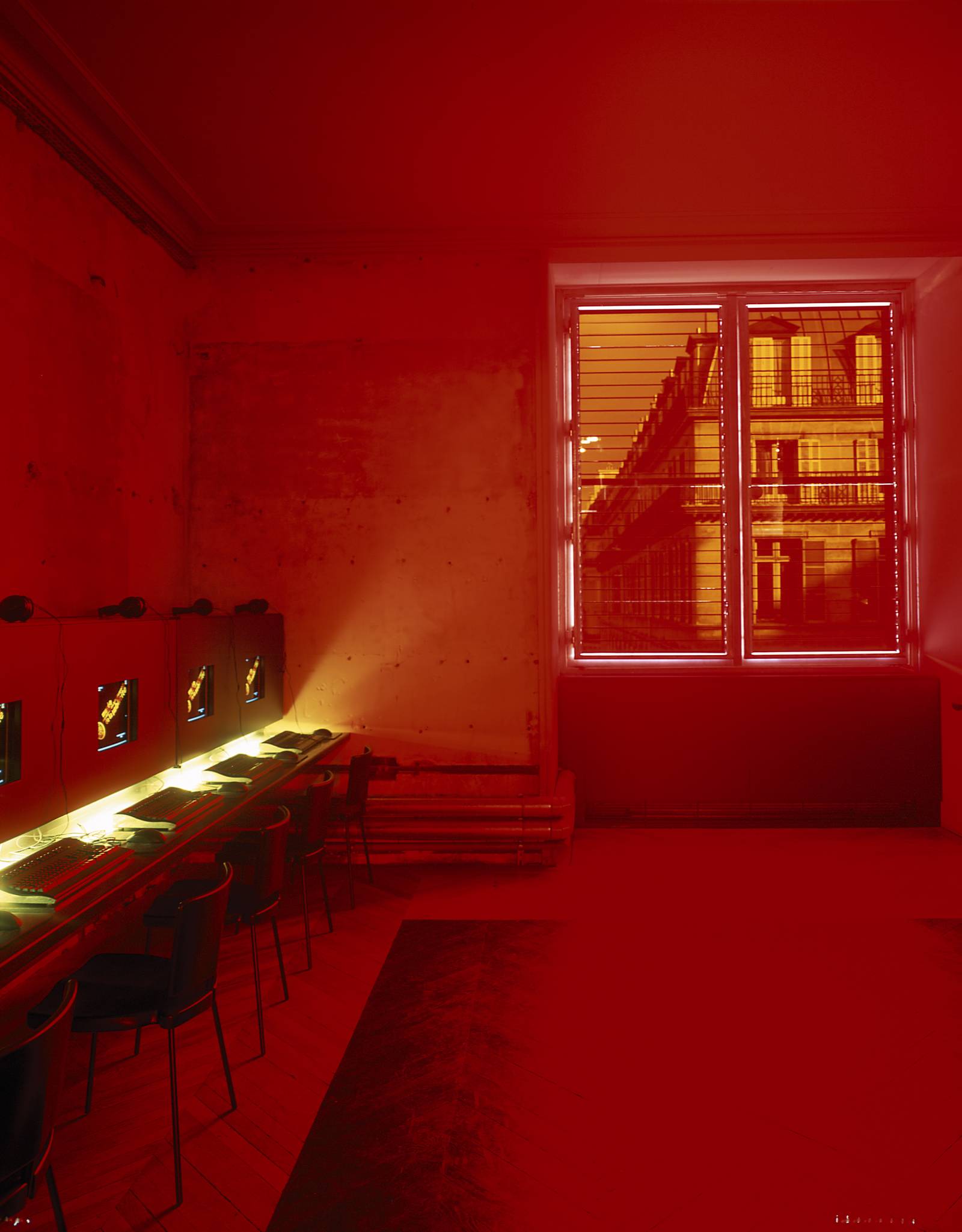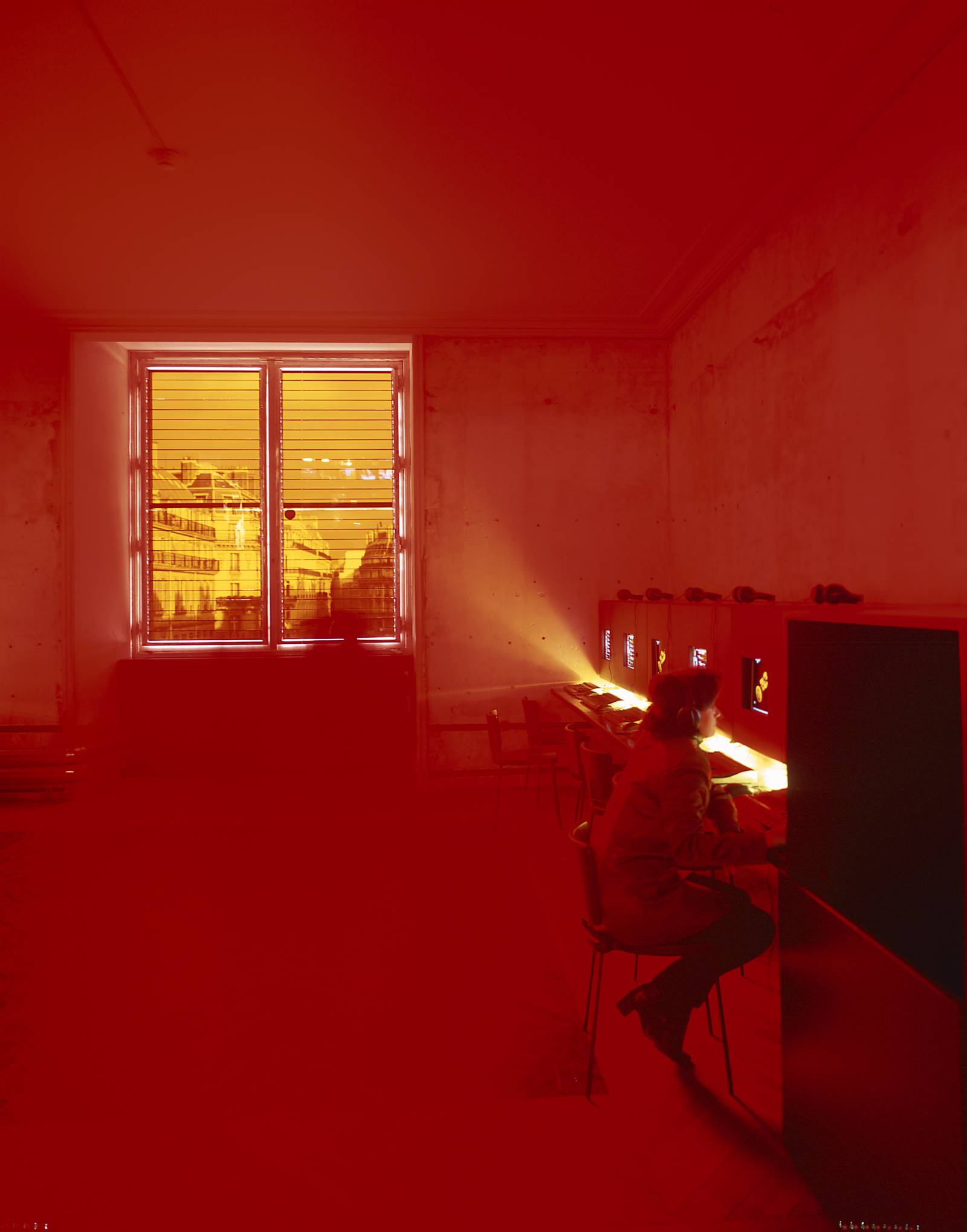Musée de la Publicité
- Paris, France
A Metaphor for the City
The musée de la Publicité (Museum of Advertising) can’t be considered a museum in the orthodox sense of the term as a place where visitors come to discover unique objects curated in their rightful place in a collection. This basically has to do with the fact that the point of the advertising object is to interact with places and attitudes that are impossible to recreate, and to do this within a time-based strategy that’s hard to evoke.
What we need to be able to do, then, is to add to the information about the object or sign on show and create very different hypotheses according to the subjects and situations presented. For this essential reason our proposed solution is more like a space for temporary exhibitions than a museum. A space for temporary exhibitions that opts for mixed means for displaying contents: glass cases for objects, posters, and original drawings, screens for projecting slides or videos, transmitters of all kinds, projectors, video monitors, LED display panels…
The place creates a metaphor for the city, with a square, a street and buildings. It’s based on bold use of the materials that make up the interior of the Louvre. It’s a place of contrasts and contradictions that combines stones, bricks, remnants of 19th century wainscoting and gilded mouldings, ‘Versailles’ parquet floors and black neoprene carpets. There’s an analogy here with the composite, sedimented city in which advertising signs of different scales and kinds float and overlap: posters, logos, fixed or dynamic illuminated images…
The square will show the spontaneous nature of a programmed animation (cafeteria, reading rooms). It will assemble all kinds of messages, and items of information linked to two walls of posters, a 10-metre linear array of small monitors running alongside a long bar, four or five screens of different sizes within the space, three large-scale LED display panels… and an array of computers connected to the Internet, games, and select software… All this will be combined, where appropriate, with objects and supports of all kinds…
From this ‘square’, a ‘street’ sets out; it’s a street-corridor leading to the different rooms, which are analogous to building interiors dedicated to different themes.
This museum is a simple support for the endlessly renewed surprises of advertising.
Jean Nouvel
